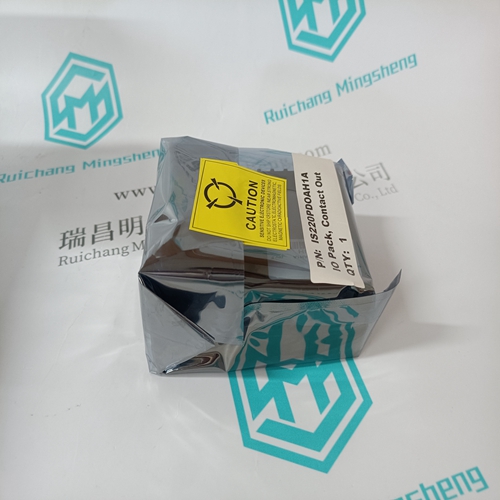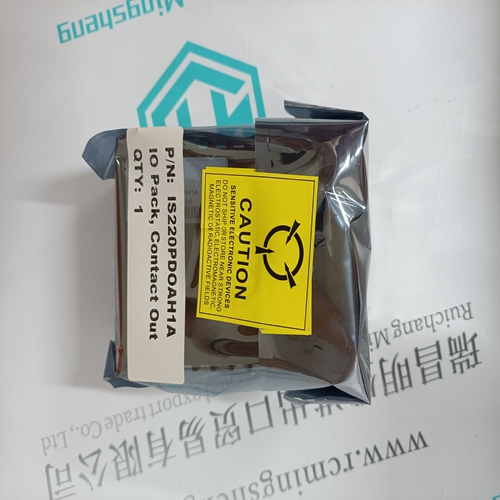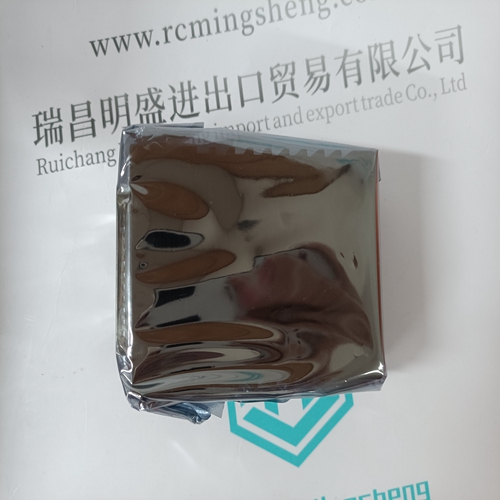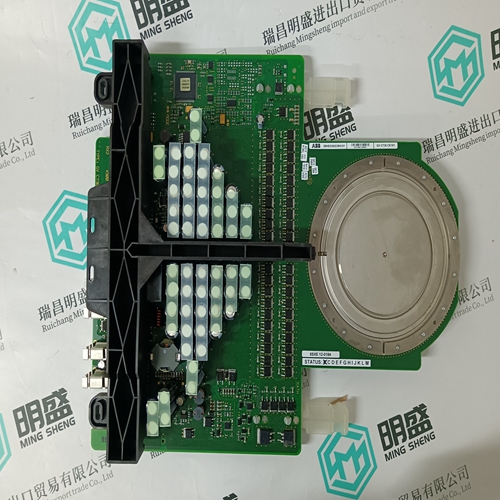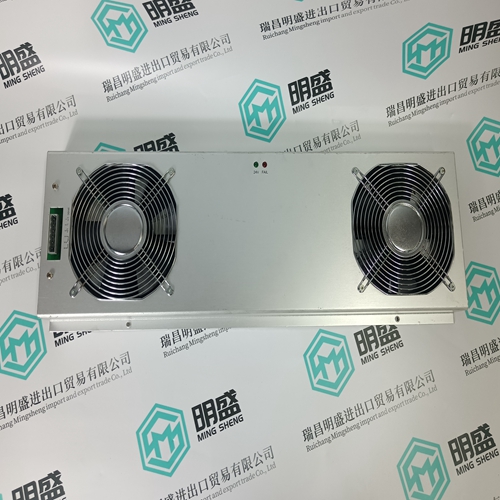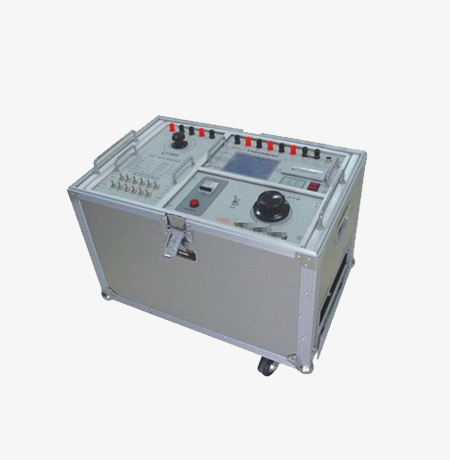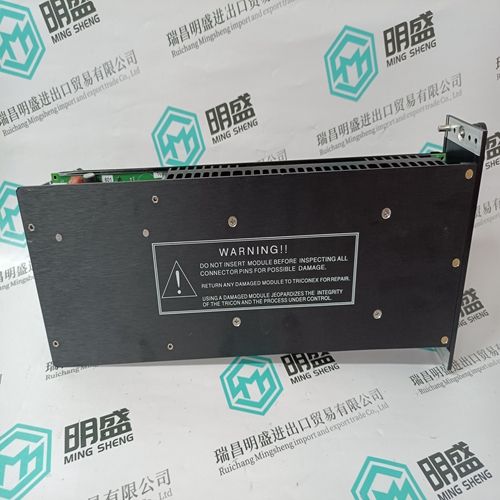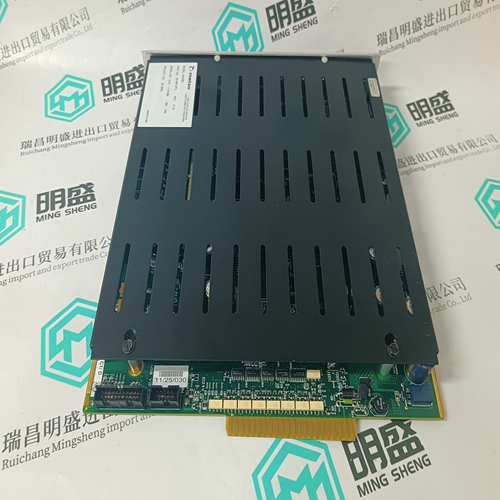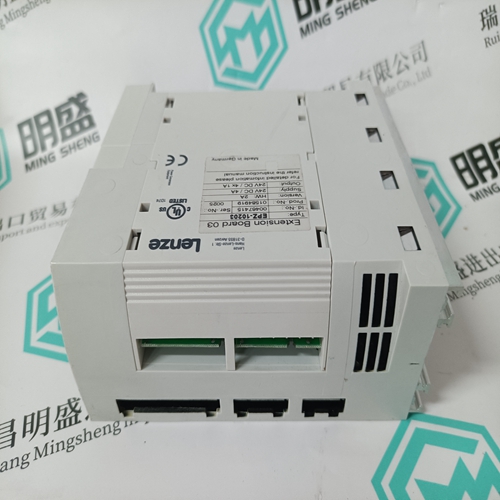Home > Product > Gas turbine system > IS220PDOAH1A 3364940CSP2 Gas turbine module
IS220PDOAH1A 3364940CSP2 Gas turbine module
- Product ID: IS220PDOAH1A 3364940CSP2
- Brand: GE
- Place of origin: the United States
- Goods status: new/used
- Delivery date: stock
- The quality assurance period: 365 days
- Phone/WhatsApp/WeChat:+86 15270269218
- Email:stodcdcs@gmail.com
- Tags:IS220PDOAH1A 3364940CSP2Gas turbine module
- Get the latest price:Click to consult
The main products
Spare parts spare parts, the DCS control system of PLC system and the robot system spare parts,
Brand advantage: Allen Bradley, BentlyNevada, ABB, Emerson Ovation, Honeywell DCS, Rockwell ICS Triplex, FOXBORO, Schneider PLC, GE Fanuc, Motorola, HIMA, TRICONEX, Prosoft etc. Various kinds of imported industrial parts
Products are widely used in metallurgy, petroleum, glass, aluminum manufacturing, petrochemical industry, coal mine, papermaking, printing, textile printing and dyeing, machinery, electronics, automobile manufacturing, tobacco, plastics machinery, electric power, water conservancy, water treatment/environmental protection, municipal engineering, boiler heating, energy, power transmission and distribution and so on.
IS220PDOAH1A 3364940CSP2 Gas turbine module
Two toggle switches are located at the top of the module and are used to determine the type of communication with external devices. Both switches are user selectable. 1. Data Polarity Switch This toggle switch allows selection of true-hi or true-lo input data. 2. Bin/BCD Switch This toggle switch determines whether the input data is to be interpreted by the controller as a BCD or a binary value. NOTE: The switch and I/O map relationship is summarized in the following table. Table The following table identifies the relationship between the switch and I/O map facility.
User connections are made to a standard screw terminal strip. The rigid wiring system permits module insertion or removal without disturbing the wiring. Terminal numbering and input functions are shown on the following illustration.
Pull-up Resistor Connection
Resistive pull-ups of 2.2 kΩ ± 10% for each strobe line must be provided.This is required on active devices only. Thumb wheel switches, for example, do not require the addition of pull-up resistors. The recommended location for the pull-up resistors is at the device end of the circuit. However, they will work at the module end as well. The following illustration shows a typical circuit setup.Strobe lines for the B869 module are true-low. The opposite is the case in other I/O modules. Therefore, when multiple thumb wheel inputs require diode isolation, the polarity of the diodes may have to be reversed.The B881–001 Latched 24 Vdc input module senses and converts input signals from its field circuitry to a logic level used by PLC. The incoming signal causes the module to latch at the occurrence of the on state and may be considered a latching event. The 24 Vdc, true high latched input module is capable of direct connection to any PLC, true high dc output module (at proper voltage). The following illustration shows the B881–001 Latched 24 Vdc input module simplified block diagram
Latched 24 Vdc Input
The latching mechanism exists solely to lockout subsequent incoming signals for the time it takes to communicate to the controller that a latching event occurred, receive an acknowledgement, and reset the latch. The latched input module does not affect the users field circuit, drive the controller or communicate information to it other than the fact that a latching event took place. Signals on the 16-channel inputs are compared to a reference voltage nominally set to 75% of the group supply voltage. An input signal of 500 s minimum pulse width and equal to or exceeding the reference voltage threshold will cause a latched on state for any given channel.An input signal voltage less than 25% of the group supply voltage will result in a system off state. When the module senses and latches on the leading edge of the true-high, incoming field signal or data bit (DB), it clocks the D-type flip-flop on the low-to-high transition, in effect, capturing the latching event.
